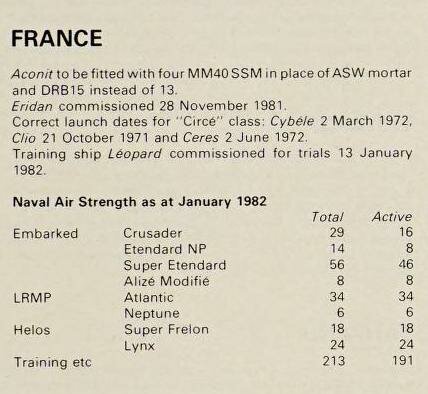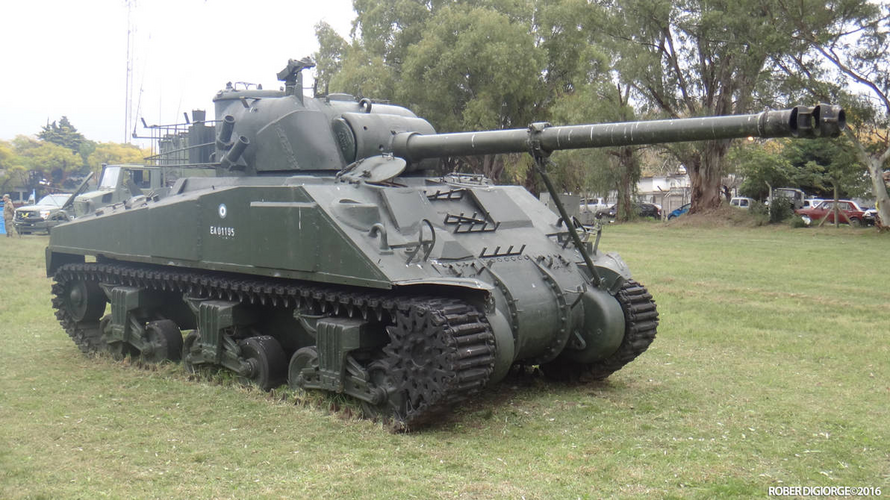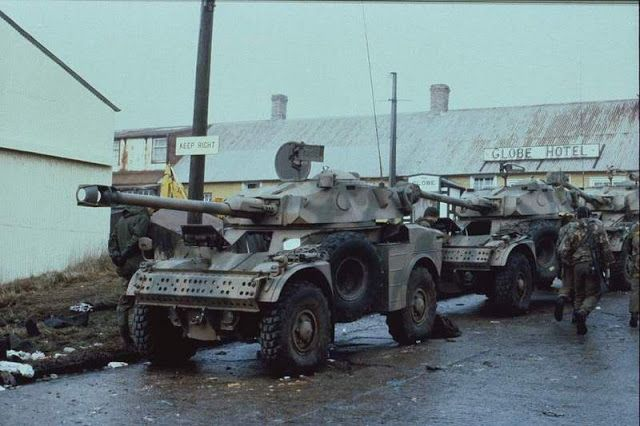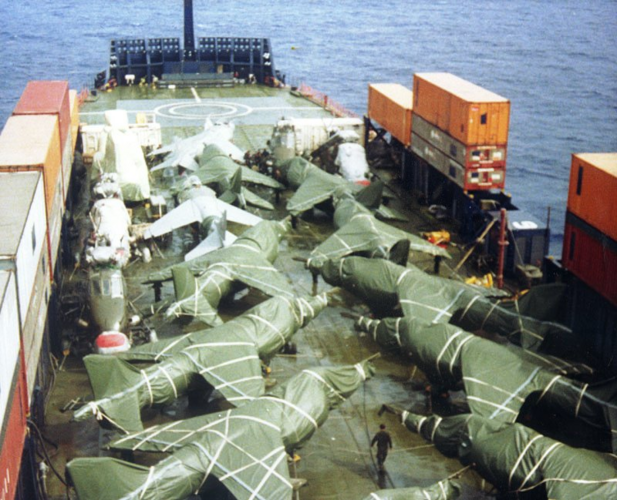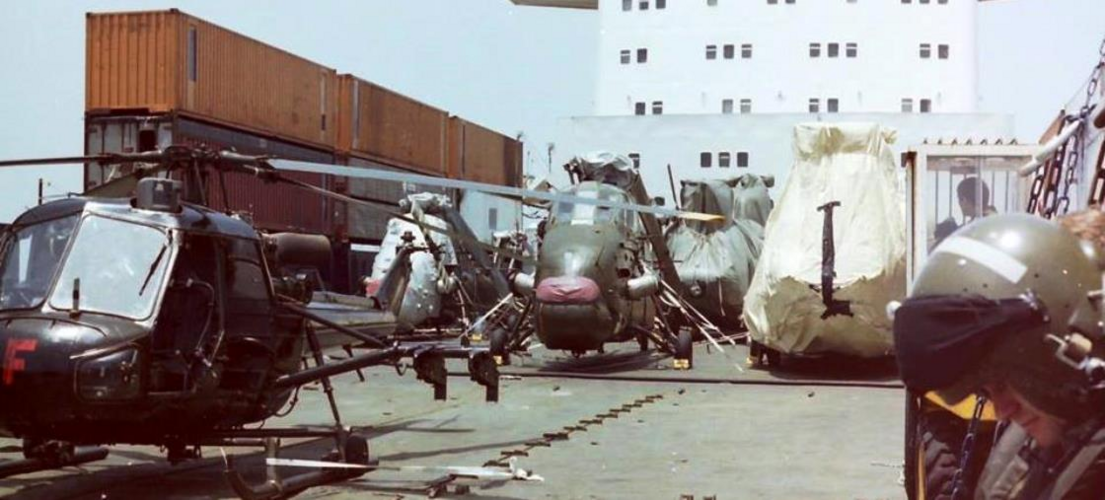Another question for
@Archibald.
What land forces were available?
The closest source I have is World Armies, 1st Edition, 1979, edited by John Keegan.
Forces d'Intervention
The army component (Forces Terrestres d'Intervention) consists principally of (a) the 11th (Parachute) Division, located at Pay, Basses-Pyrenes, with two airborne brigades (20th and 25th); the 9th (Amphibious) Brigade, located at St-Malo and the 27th Alpine Division stationed in the Alps, consisting of the 17th and 27th Brigades formed from the famous Chasseurs Alpins. The Alpine Division, is, however, allocated to the D.O.T. while the parachute and amphibious brigades, which train frequently overseas, are designed for rapid deployment abroad. The French navy's marines, Groupement Commando de Fusiliers Marins, stationed at Brest, also act as part of the intervention force.
That's a total of 2 airborne brigades, 2 alpine brigades, one amphibious brigade and the Fusiliers Marins.
According to the same source:
The Parachute Brigade contains:
three infantry battalions; one support regiment; one services battalion.
The Alpine Brigade contains:
three to four infantry battalions; one armoured car regiment; one artillery regiment.
The Amphibious Brigade contains:
three infantry battalions; one mechanised regiment; one artillery regiment; one services battalion.
As far as I know the 11th (Parachute) Division and 9th (Amphibious) Bridge were all-professional units.
On paper this force of 3 marine and 6 parachute battalions plus supporting units looks much better than the equivalent British force which was the 3rd Commando Brigade which according to Jane's 1982-83 consisted of:
1 Brigade HQ,
4 RM Commandos
1 Commando Regiment RA
1 Commando Squadron RE
1 Brigade Air Squadron RM (light helicopters)
1 Commando Logistic Regiment
1 Special Boat Squadron
1 Raiding Squadron
plus 1 Commando Squadron RE (Volunteer) and 1 Raiding Squadron RMR.
Abbreviations:
RM = Royal Marines
RMR = Royal Marines Reserve
RA = Royal Regiment of Artillery (British Army)
RE = Corps of Royal Engineers (British Army) and Volunteer denotes a Territorial Army unit.
Nomenclature:
A commando is equivalent to an infantry battalion.
A regiment of artillery in the British Army is equivalent to an artillery battalion.
A squadron of engineers in the British Army is equivalent to a company of engineers.
However, there were only 3 regular RM Commandos in 1982 because the fourth was disbanded as part of the Mason Defence Review of 1974-75. I thought that the RMR had a Commando but that may be a case of false memory syndrome because so far I haven't found a reference to it.
For the Falklands 3rd Commando Brigade had to be augmented by Parachute battalions from the British Army and supplemented by the 5th Infantry Brigade with battalions of Guards and Gurkhas. (Which isn't 100% correct because I haven't checked my notes.)


